-
 Bitcoin
Bitcoin $118800
-0.22% -
 Ethereum
Ethereum $3677
-4.47% -
 XRP
XRP $3.504
-3.02% -
 Tether USDt
Tether USDt $1.000
-0.01% -
 Solana
Solana $200.2
2.87% -
 BNB
BNB $762.2
-2.24% -
 USDC
USDC $0.9998
-0.02% -
 Dogecoin
Dogecoin $0.2644
-5.03% -
 Cardano
Cardano $0.8700
-5.51% -
 TRON
TRON $0.3128
-1.32% -
 Hyperliquid
Hyperliquid $43.99
-7.14% -
 Stellar
Stellar $0.4609
-5.85% -
 Sui
Sui $3.895
-3.54% -
 Chainlink
Chainlink $19.14
-5.01% -
 Hedera
Hedera $0.2680
-6.05% -
 Avalanche
Avalanche $24.99
-4.45% -
 Bitcoin Cash
Bitcoin Cash $518.6
-2.87% -
 Shiba Inu
Shiba Inu $0.00001507
-5.13% -
 Litecoin
Litecoin $115.0
-3.02% -
 Toncoin
Toncoin $3.444
2.27% -
 UNUS SED LEO
UNUS SED LEO $8.991
0.02% -
 Polkadot
Polkadot $4.400
-5.50% -
 Uniswap
Uniswap $10.43
-8.70% -
 Ethena USDe
Ethena USDe $1.001
0.01% -
 Monero
Monero $325.9
0.39% -
 Pepe
Pepe $0.00001372
-4.14% -
 Bitget Token
Bitget Token $4.811
-3.32% -
 Dai
Dai $1.000
0.00% -
 Aave
Aave $306.7
-8.06% -
 Bittensor
Bittensor $434.2
0.25%
How is the funding rate calculated in perpetual swaps?
Funding rates in perpetual swaps align contract prices with spot prices by periodically transferring payments between long and short traders based on market conditions.
Jul 16, 2025 at 06:00 pm
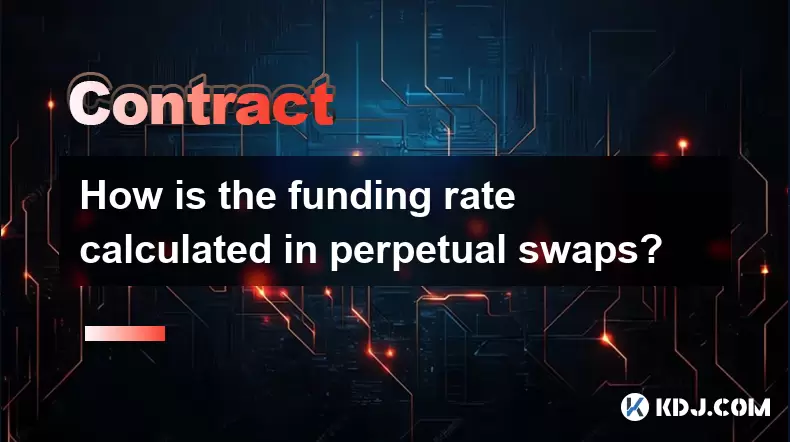
Understanding Perpetual Swaps and Their Unique Characteristics
Perpetual swaps are a type of derivative contract commonly used in cryptocurrency trading. Unlike traditional futures contracts, perpetual swaps do not have an expiration date. This allows traders to hold positions indefinitely as long as they can cover the margin requirements. One key mechanism that ensures the price of the perpetual swap stays close to the spot price of the underlying asset is the funding rate.
The funding rate acts as a balancing tool between long and short traders. It is periodically exchanged between the two sides of a trade—those holding long positions pay those holding short positions, or vice versa, depending on market conditions.
The Components Involved in Funding Rate Calculation
To understand how the funding rate is calculated, it's essential to break down its core components:
- Interest Rate Differential: This reflects the difference in interest rates between the quote currency and the base currency.
- Premium or Discount: This adjusts for any deviation between the perpetual contract price and the index price of the underlying asset.
- Periodic Adjustment Interval: Most exchanges apply funding every 8 hours, although this interval may vary.
Each exchange may implement slight variations in their formula, but the general structure remains consistent across platforms. The interest rate differential typically accounts for the cost of capital over time, while the premium component ensures the contract price doesn't stray too far from the spot price.
The Mathematical Formula Behind Funding Rate
While the exact implementation varies by platform, the general formula for calculating the funding rate is often expressed as:
Funding Rate = Interest Rate Differential + Premium Component
For example, if the risk-free interest rate (often derived from USD rates) is 0.03% per annum and the premium component indicates a positive skew of 0.02%, then the funding rate would be approximately 0.05% per funding interval.
Exchanges such as Binance, Bybit, and OKX publish their formulas openly. Some use a capped funding rate system to prevent extreme fluctuations. For instance, Binance caps the funding rate at ±0.075% per 8-hour period unless there’s significant market divergence.
How Funding Rates Are Applied in Practice
Funding is applied automatically at fixed intervals—usually every 8 hours. Traders who hold positions at the moment the funding is triggered will either receive or pay the funding amount based on the sign of the rate.
- If the funding rate is positive, longs pay shorts.
- If the funding rate is negative, shorts pay longs.
This mechanism encourages traders to take offsetting positions when the perpetual contract deviates from the spot price. For example, if the contract trades significantly above the index price, the funding rate becomes positive, incentivizing shorts and discouraging new longs.
Traders should note that funding payments occur only if they hold a position during the specific funding timestamp, usually at UTC 00:00, 08:00, and 16:00.
Checking Funding Rates on Major Exchanges
Most exchanges display real-time funding rates prominently. Here’s how to locate them on popular platforms:
- Binance: Navigate to the perpetual futures section, click on the relevant pair, and look for “Funding Rate” under contract details.
- Bybit: Go to the perpetual tab, select the trading pair, and check the “Funding Info” panel.
- OKX: Open the perpetual futures page, hover over the trading pair, and view the funding rate displayed next to the mark price.
These values are typically updated every few seconds and reflect the current rate before the next funding interval.
Impact of Funding Rate on Trading Strategies
The funding rate has a direct impact on the profitability of holding positions over time. Long-term traders must account for cumulative funding costs or gains. For example:
- A trader going long on BTC/USDT perpetual with a positive funding rate will incur ongoing costs unless the price appreciates enough to offset them.
- Conversely, a trader holding a short position during a negative funding rate phase earns additional income beyond their directional bet.
Some traders exploit funding rate discrepancies using arbitrage strategies between spot and futures markets. Others engage in funding rate farming, where they open offsetting positions on different exchanges to capture divergences in funding payouts.
Frequently Asked Questions
Q: Can funding rates be manipulated?
A: While funding rates are algorithmically determined, extreme volatility or manipulation of the index price could temporarily distort the premium component.
Q: Do all perpetual contracts have funding rates?
A: Yes, nearly all perpetual contracts use funding rates to align the contract price with the spot price.
Q: How can I avoid paying funding fees?
A: Close your position before the scheduled funding time, which is typically every 8 hours on most exchanges.
Q: What happens if I don’t have enough funds to cover the payment?
A: Your position may be partially or fully liquidated if you lack sufficient balance to meet the funding obligation.
Disclaimer:info@kdj.com
The information provided is not trading advice. kdj.com does not assume any responsibility for any investments made based on the information provided in this article. Cryptocurrencies are highly volatile and it is highly recommended that you invest with caution after thorough research!
If you believe that the content used on this website infringes your copyright, please contact us immediately (info@kdj.com) and we will delete it promptly.
- Meme Coin Mania: Dogecoin, PEPE, and the Crypto Presale Craze
- 2025-07-22 22:50:13
- Nicotine Pouches: A Sweet Threat to Teens' Gum Health?
- 2025-07-22 22:30:13
- Score Big with 1xBet: Your Guide to Football and Big Game Bets
- 2025-07-22 22:30:13
- Paul Hollis and the US Mint: A New Era Under Trump's Appointment?
- 2025-07-22 22:50:13
- JPMorgan, Bitcoin, and Ethereum: A Wall Street Giant Warms Up to Crypto
- 2025-07-22 22:50:14
- Bitcoin's Market Share: Alt-Season in the Air?
- 2025-07-22 22:55:14
Related knowledge
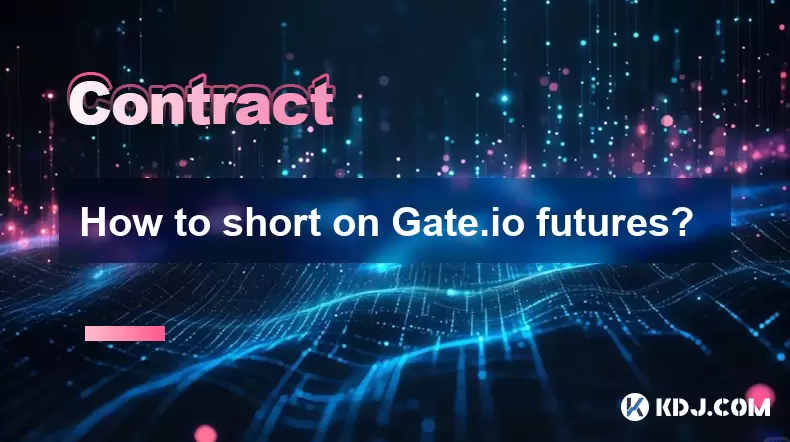
How to short on Gate.io futures?
Jul 22,2025 at 10:42pm
Understanding Futures Trading on Gate.ioFutures trading allows users to speculate on the price movement of cryptocurrencies without owning the underly...
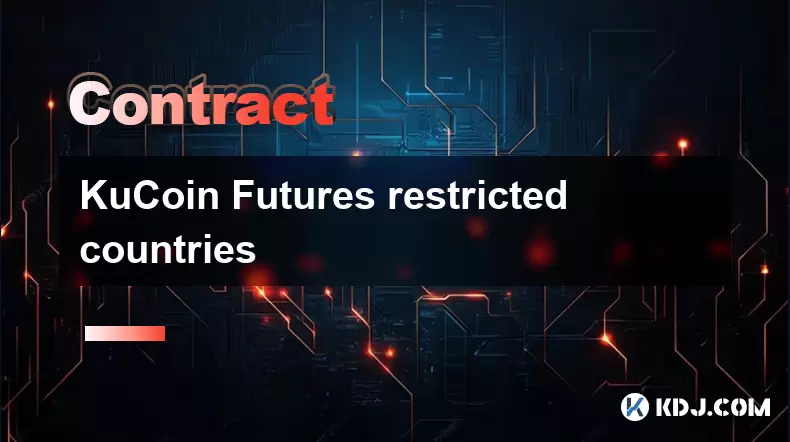
KuCoin Futures restricted countries
Jul 22,2025 at 09:00pm
Understanding KuCoin Futures and Geographic RestrictionsKuCoin Futures is a popular platform for trading perpetual and delivery futures contracts on c...
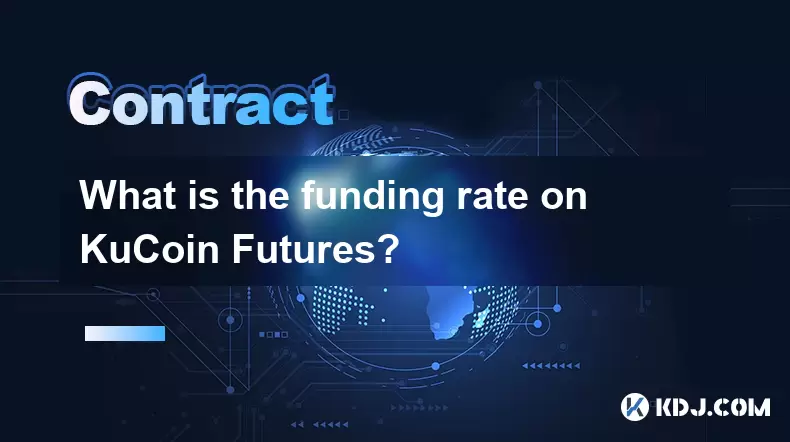
What is the funding rate on KuCoin Futures?
Jul 22,2025 at 10:49pm
Understanding Funding Rates on KuCoin FuturesThe funding rate on KuCoin Futures is a periodic payment exchanged between long and short traders to ensu...
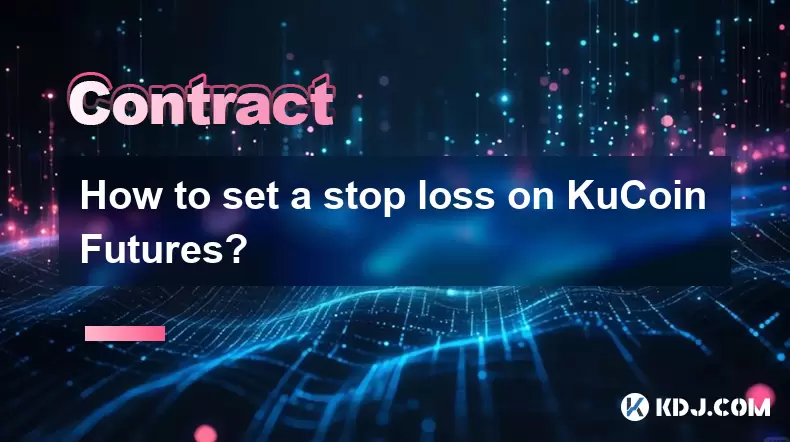
How to set a stop loss on KuCoin Futures?
Jul 22,2025 at 08:01pm
Understanding Stop Loss in KuCoin FuturesA stop loss is a risk management tool that automatically closes a position when the market moves against you ...
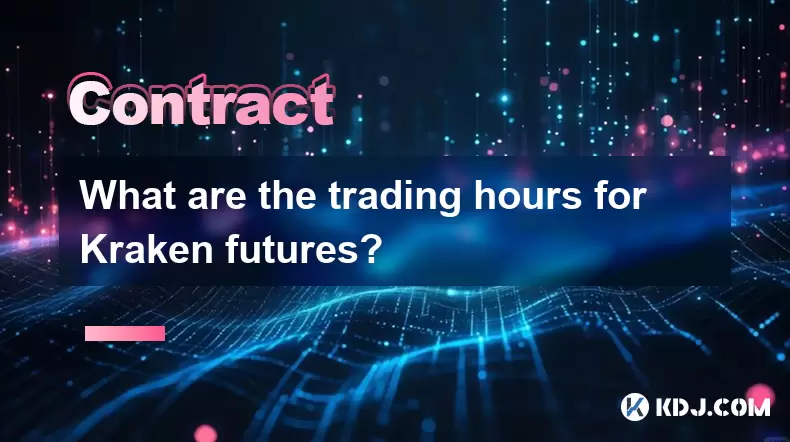
What are the trading hours for Kraken futures?
Jul 22,2025 at 08:49pm
Understanding Kraken Futures Trading HoursKraken Futures, a product of the well-established cryptocurrency exchange Kraken, offers users the ability t...
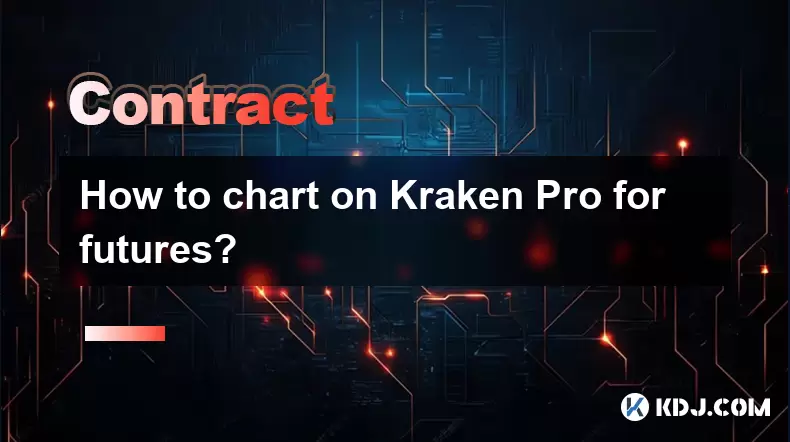
How to chart on Kraken Pro for futures?
Jul 22,2025 at 07:42pm
Understanding Kraken Pro Futures InterfaceBefore diving into charting, it’s essential to recognize how Kraken Pro structures its futures trading envir...

How to short on Gate.io futures?
Jul 22,2025 at 10:42pm
Understanding Futures Trading on Gate.ioFutures trading allows users to speculate on the price movement of cryptocurrencies without owning the underly...

KuCoin Futures restricted countries
Jul 22,2025 at 09:00pm
Understanding KuCoin Futures and Geographic RestrictionsKuCoin Futures is a popular platform for trading perpetual and delivery futures contracts on c...

What is the funding rate on KuCoin Futures?
Jul 22,2025 at 10:49pm
Understanding Funding Rates on KuCoin FuturesThe funding rate on KuCoin Futures is a periodic payment exchanged between long and short traders to ensu...

How to set a stop loss on KuCoin Futures?
Jul 22,2025 at 08:01pm
Understanding Stop Loss in KuCoin FuturesA stop loss is a risk management tool that automatically closes a position when the market moves against you ...

What are the trading hours for Kraken futures?
Jul 22,2025 at 08:49pm
Understanding Kraken Futures Trading HoursKraken Futures, a product of the well-established cryptocurrency exchange Kraken, offers users the ability t...

How to chart on Kraken Pro for futures?
Jul 22,2025 at 07:42pm
Understanding Kraken Pro Futures InterfaceBefore diving into charting, it’s essential to recognize how Kraken Pro structures its futures trading envir...
See all articles

























































































